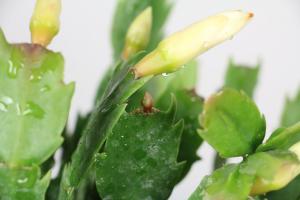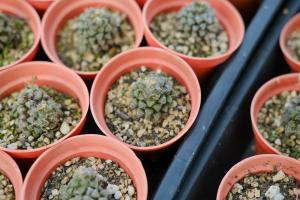Do Plants Clean Water?
Plants are known to be an essential part of our ecosystem. They provide us with oxygen, reduce pollution, and contribute to the health of our environment. One of the lesser-known benefits of plants is their ability to clean water.
How do Plants Clean Water?
Plants clean water through a process called phytoremediation, which is the use of plants to remove or neutralize pollutants in water or soil. The process involves the absorption and breakdown of contaminants by the plant, which is then either stored in the plant's tissues or released into the environment in a less harmful form.
Phytoremediation is particularly effective in removing pollutants such as heavy metals, toxins, and pathogens, which can be harmful to human health and the environment. The process can be used in both natural and man-made water bodies, making it a versatile and sustainable method of water treatment.
Types of Plants Used in Water Treatment
Several types of plants can be used in water treatment, depending on the specific pollutant involved. Some of the more common plants used include water lilies, cattails, reeds, and algae. Each of these plants has unique properties that make them effective in the removal of specific toxins or pollutants.
Water lilies, for example, are known for their ability to remove excess nutrients from water bodies, which can cause harmful algal blooms. Cattails are often used in constructed wetland systems to remove heavy metals from contaminated water, while reeds are effective in removing organic pollutants such as petroleum products.
Advantages of Phytoremediation
Phytoremediation has several advantages over traditional water treatment methods, such as chemical or physical treatments. These include:
It is cost-effective and requires minimal maintenance
It is a natural and environmentally friendly method of water treatment
It can be used in both natural and man-made water bodies
It can help to restore damaged ecosystems and promote biodiversity
Limitations of Phytoremediation
While phytoremediation has many advantages, it also has some limitations. These include:
It is a slow process and may take several months to achieve desired results
It is not effective in removing all types of pollutants
It requires careful selection of plant species and monitoring of the process
Conclusion
Plants do indeed have the ability to clean water through the process of phytoremediation. This natural and sustainable method of water treatment is becoming more widely accepted and is being used in both large-scale and small-scale water treatment systems. While it has its limitations, phytoremediation offers a promising solution to the problem of water pollution and has the potential to play a significant role in the future of water treatment.

 how many times do yo...
how many times do yo... how many planted tre...
how many planted tre... how many pine trees ...
how many pine trees ... how many pecan trees...
how many pecan trees... how many plants comp...
how many plants comp... how many plants can ...
how many plants can ... how many plants and ...
how many plants and ... how many pepper plan...
how many pepper plan...






























